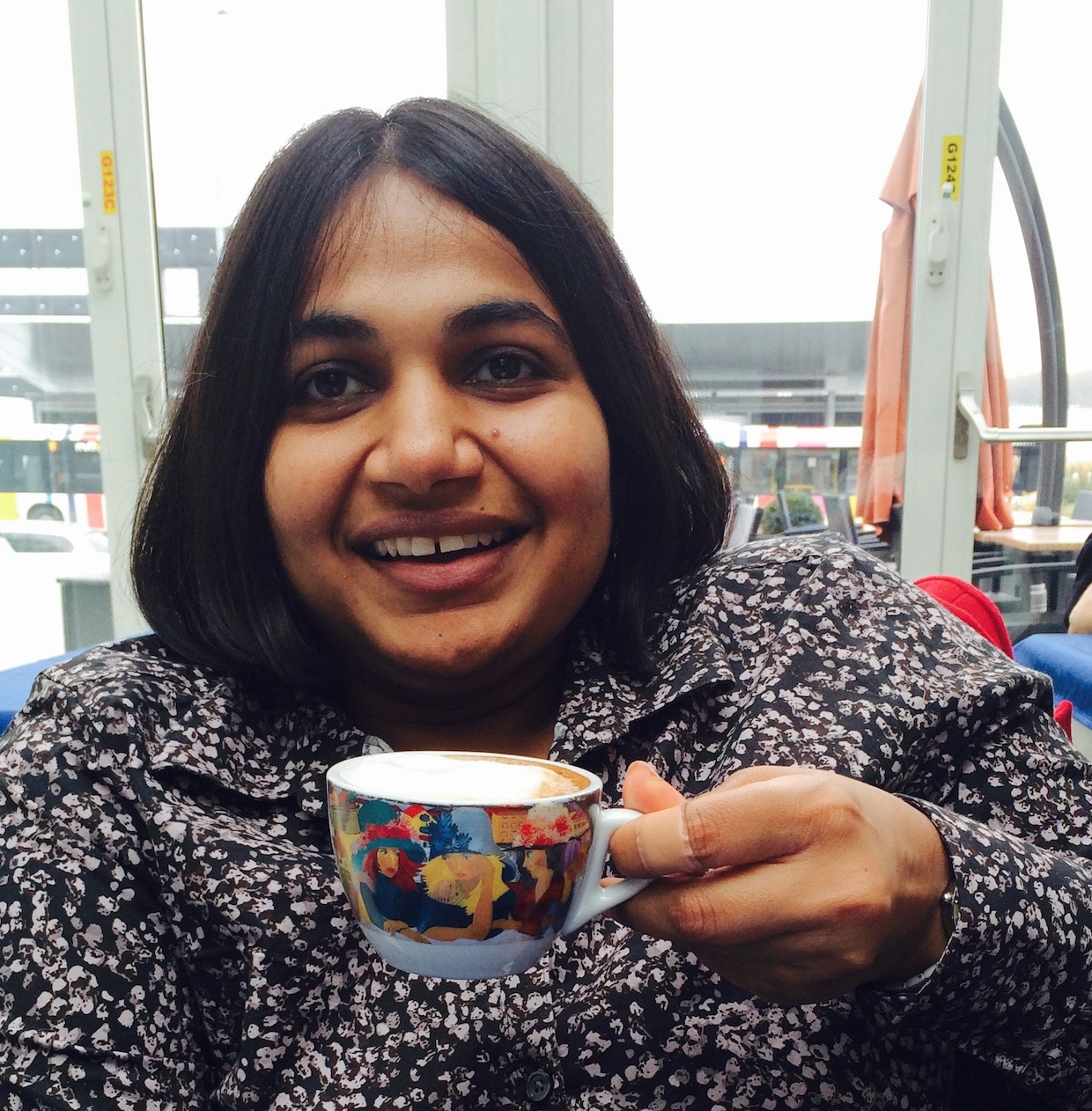
Dr. Neha Rungta, a research scientist at the NASA Ames Research Center located in California, will be speaking on Tuesday, November 10. The reception for this colloquium will be at 3:30 p.m. in Avery 348 with the talk starting at 4:00 p.m. in Avery 115.
Dr. Neha Rungta is a research scientist at the NASA Ames Research Center located in California. Dr. Rungta’s research interests are in software model checking, verification of multi-agent systems for aviation safety, requirements analysis, and automated program analysis. In the past 10 years, Dr. Rungta’s work has been geared toward developing verification techniques for automated test case generation, detection of subtle concurrency errors, incremental program analysis, and verification of multi-agent systems.
Abstract: The on-going transformation from the current US Air Traffic System (ATS) to the Next Generation Air Traffic System (NextGen) will introduce new automated systems on the ground as well as in air. This yields new function allocations between humans and automation leading to a change in the roles and responsibilities of people part of the ATS. Yet, safety in NextGen is required to be at least as good as in the current system. We therefore need techniques to efficiently evaluate the safety of the interactions between humans and different types of automation. Current human factor studies and simulation-based techniques fall short in front of the ATS complexity. At NASA we have developed an approach based on modeling and analysis of humans and automation as a set of agents. We present our how we model and analyze complex scenarios of differing specificities including the Air France Flight 447 accident, the optimized profile descent, and go-around scenarios.